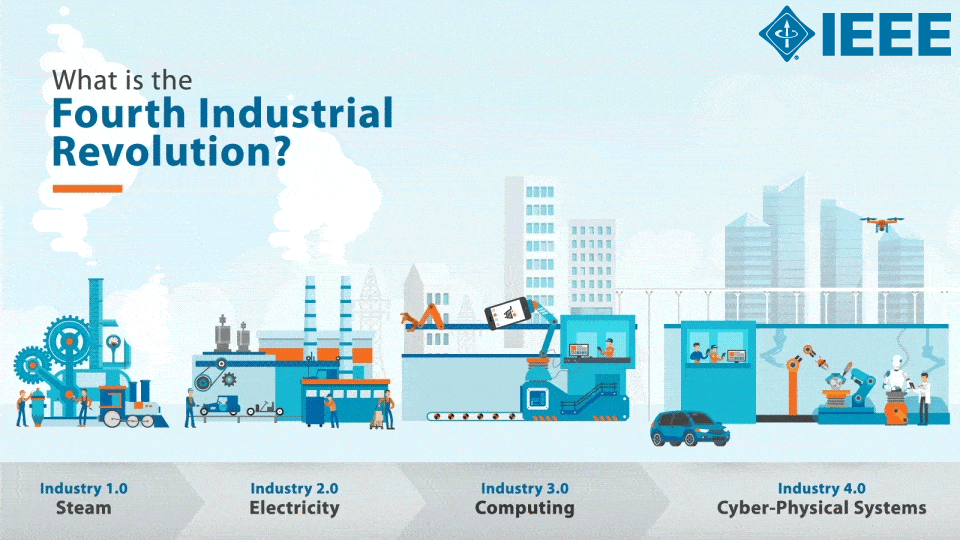
We stand on the precipice of a great transformation. The Fourth Industrial Revolution (4IR) is coming, and IEEE is at the heart of it. Described as a range of new technologies that are fusing the physical, digital and biological worlds, this revolution is certain to alter the way the human race lives, works, and relates to one another.
A number of technological fields will see major advances over the next few years that will affect all disciplines, economies and industries. These fields include robotics, artificial intelligence, nanotechnology, quantum computing, biotechnology, the Internet of Things, 3D printing, autonomous vehicles, and more.
Experts predict a number of changes to come with 4IR. Over 7 million jobs will be affected over the next five years in the world’s largest economies, as technological progress in 3D printing and robotics starts to disrupt manufacturing and other industries.
|
|
Energy Efficient
Smart Homes |
Smart City
Emergency Response |
Wearable Health
Monitoring |
Robotics
With 4IR, the prevalence of robotics in society will be one of the most notable changes. Robots are already utilized in manufacturing facilities around the world, but the field of robotics is not limited to manufacturing.
IEEE research explores how robotics can be applied in new and different ways. Recent developments include service robots to help people with vision problems, low-cost robots to assist with grocery shopping, and autonomous robots that can inspect the structural health of nuclear plants and underground mines.
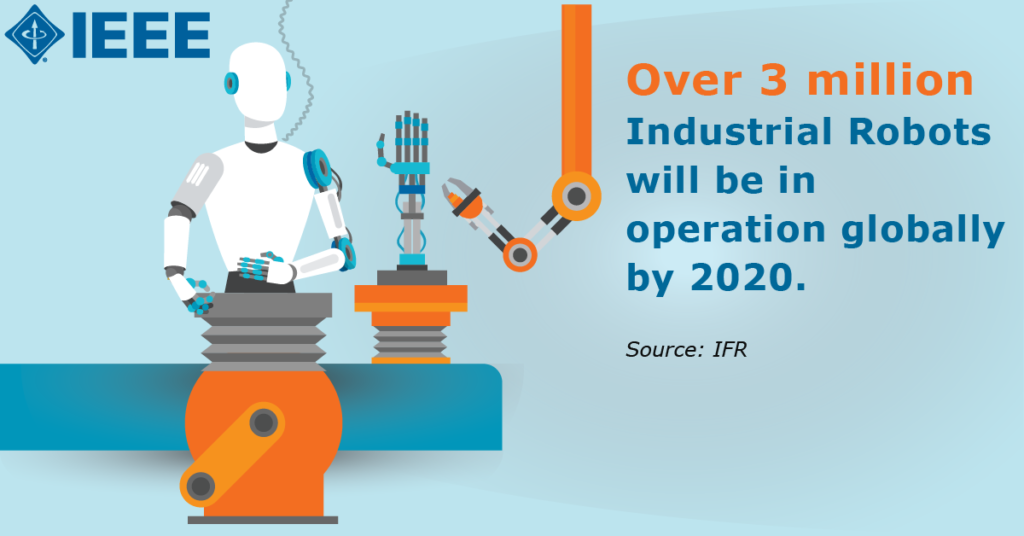
While there are concerns about robots taking jobs and causing a rise in unemployment, there are robots designed to work alongside humans as well. Also known as “cobots”, these robots can make work safer and more efficient by taking on the jobs that can be dangerous or difficult for humans to perform. The healthcare industry is already using robotics to help perform surgery, as well as to transport and manufacture medication. These applications of robots and cobots will develop further during 4IR.
Recent IEEE Research in Robotics
|
Humanoid Robot
Framework | 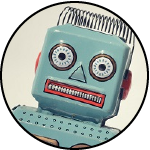
Service Robots
Place | 
Infrastructure Robots
Place |
Autonomous Vehicles
Self-driving cars have been in the news for the last few years with companies around the world looking to bring the technology to the public. These cars have the ability to sense things around them and drive with minimal human input. Companies are still working to perfect self-driving cars, but 4IR breakthroughs will lead to massive improvements in the space. Autonomous vehicles could make transportation more efficient and safer for many types of vehicles. With 4IR advancements, drones, buses and underwater vehicles will also experience autonomous operation.

These new autonomous vehicles will disrupt transportation around the globe. Autonomous vehicles could significantly decrease the costs of transportation by reducing accidents and improving traffic flows. According to a report from Securing America’s Future Energy, self-driving cars could save $500 billion each year in the U.S. by reducing the 94% of accidents caused by human error.
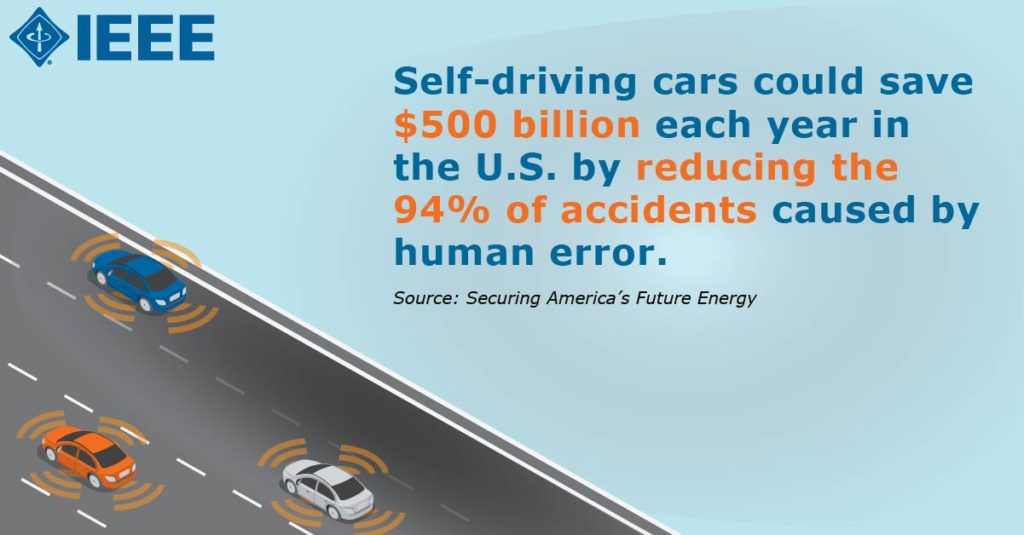
IEEE is paving the way for autonomous vehicle technology with over 30,000 documents published in this field. Some notable IEEE research on autonomous vehicles include the development of an autonomous public transportation system, a monitoring system for improved smart car cybersecurity, and a low-cost intelligent transportation system to reduce traffic congestion and improve driver safety.
Recent IEEE Research in Autonomous Vehicles
|
Securing Self-Driving Cars
|
AV for Mass Transit
|
5G-Based ITS
|
Artificial Intelligence
Artificial intelligence (AI) is the ability for machines to learn and adapt to different problems and situations. Also called machine intelligence, AI is very versatile and can work in conjunction with the IoT, autonomous vehicles and robotics in addition to other advanced technologies. According to Stanford University, the share of jobs requiring AI skills has grown 4.5 times since 2013. During 4IR, that percentage will rise as the world’s most innovative companies invest more in AI applications.
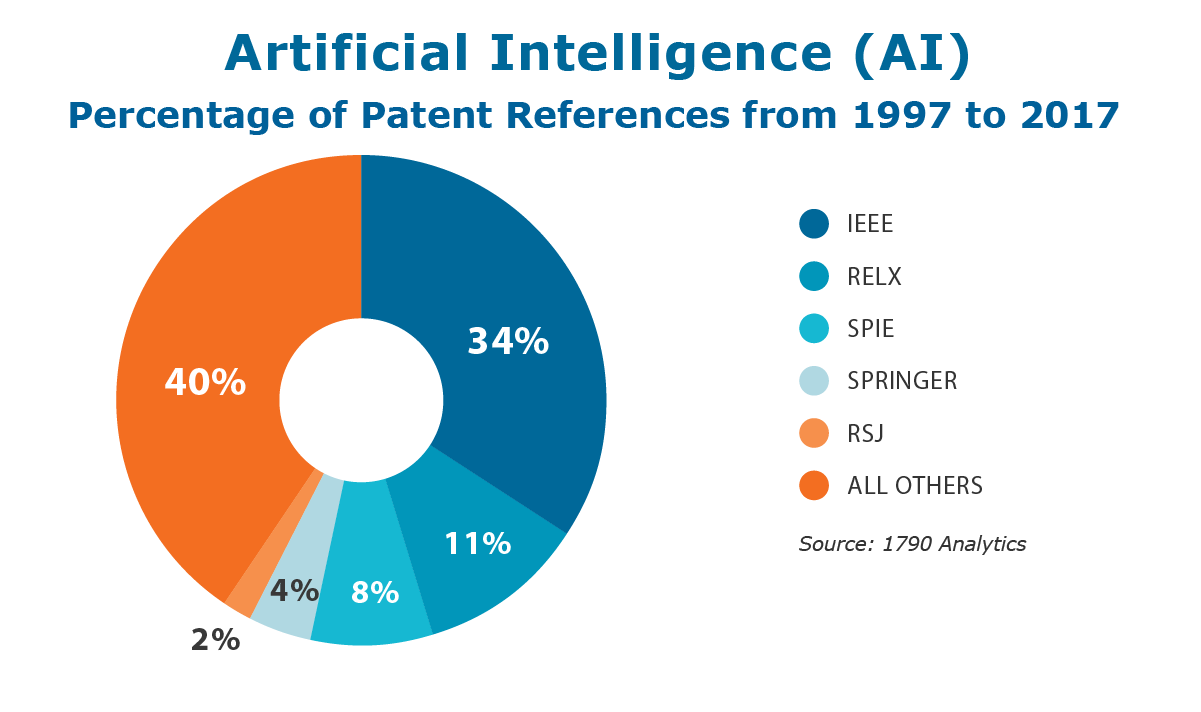

Automated customer service through virtual assistants and chatbots able to respond to different customer demands will become commonplace during 4IR. AI will also be a useful tool for many companies managing numbers and logistics as AI-enabled devices can process numbers at a faster rate than humans. Companies across different industries are already employing AI for a variety of tasks—computers and machines are overseeing financial portfolios, forecasting the weather, and even planting crops. As the technology develops further, AI’s ability to learn and predict will allow it to be a solution to even more business problems. Research in IEEE Xplore includes novel AI applications in various industries—from manufacturing to transportation.
Recent IEEE Research in Artificial Intelligence
|
ANN Flood Forecasting
|
AI in Space Communication
|
AI Driving Behavior Detection
|
Opportunities in the 4IR Era
In the near future, the capabilities of everyday technology will allow people to operate self-driving cars, manage all aspects of their home from their phone, and get assistance from a robot for daily tasks. Manufacturing and other industries will become more efficient, providing economic growth while reducing resource consumption. Drones and advanced transportation systems will also deliver goods and services to new markets around the world.
While everyday tasks become easier, the ability for people to communicate and develop will also take a step forward. Advances in communication and digital networks will allow people to have more access to education and information. Automation will help people escape some of the tedious tasks of their professions, allowing them to have more time to be creative and address more engaging aspects of their job.
The technologies of 4IR will have a profound impact on society, and IEEE is the resource for those who want to understand and succeed in this new era. Whether it is to find the latest information on AI, autonomous vehicles, robotics or IoT, IEEE is at the center of all 4IR research. To see the IEEE publications across all 4IR technologies, visit the IEEE Xplore digital library.
IEEE

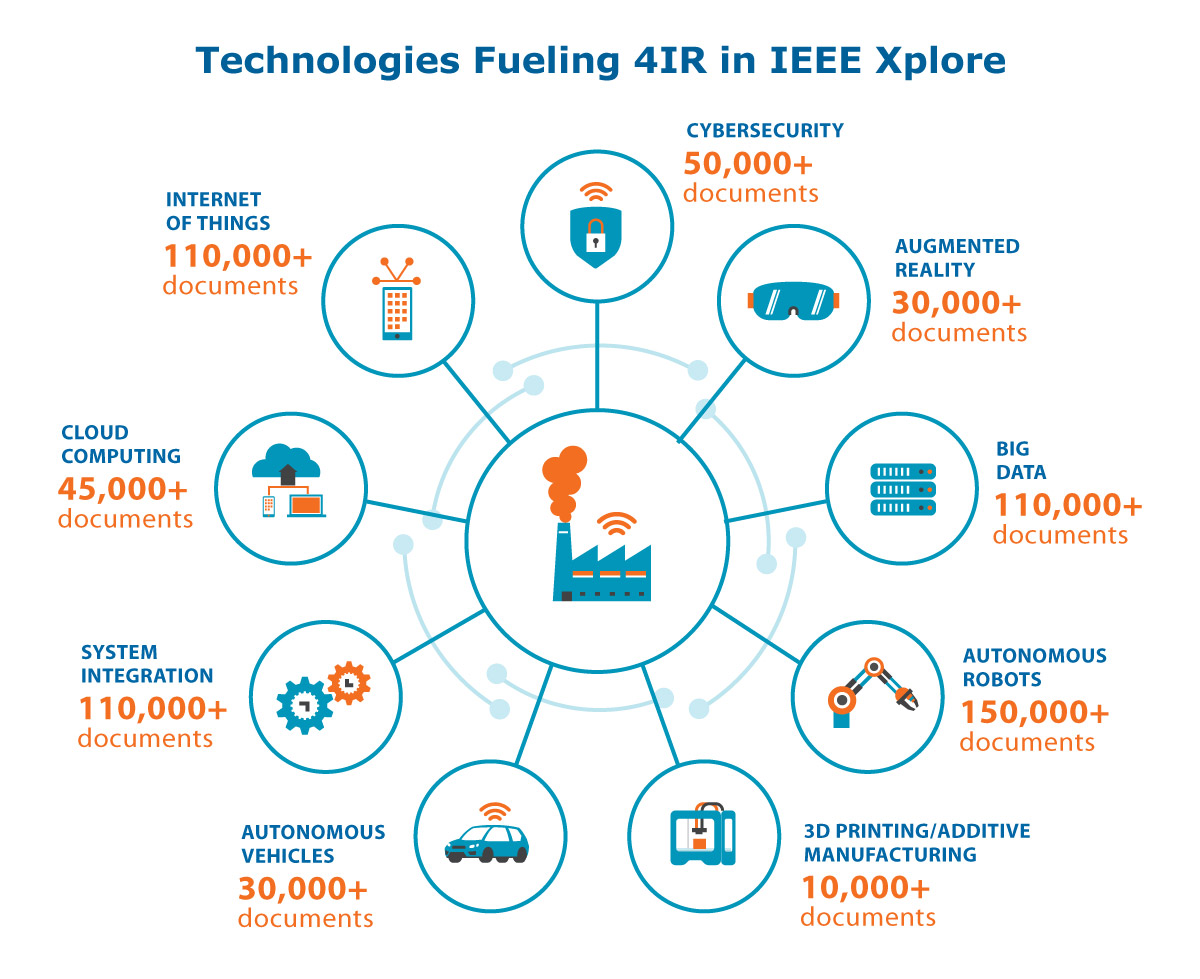

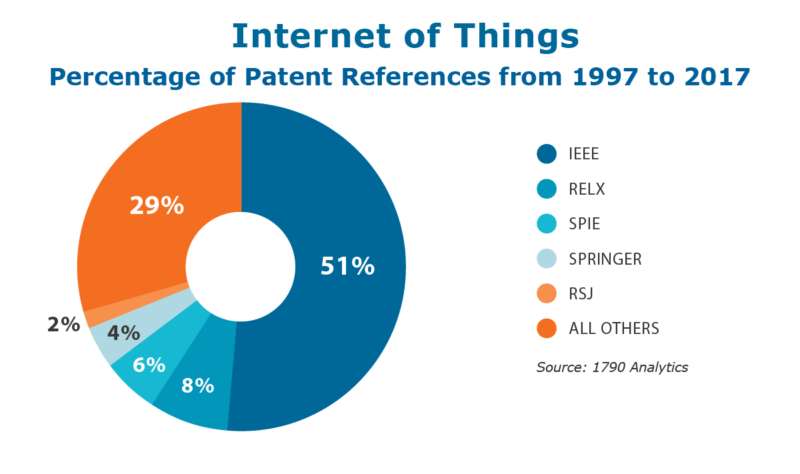
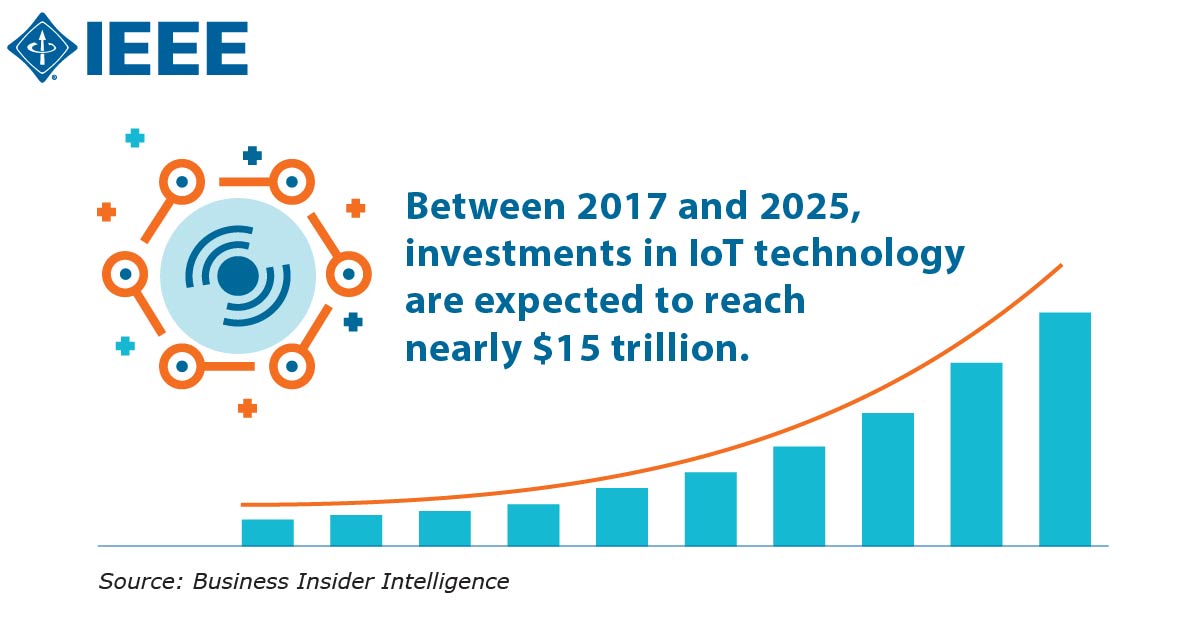
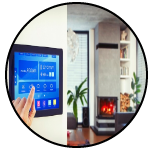

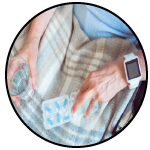


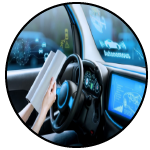

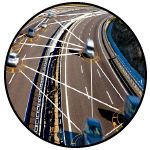

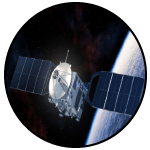

댓글 없음:
댓글 쓰기